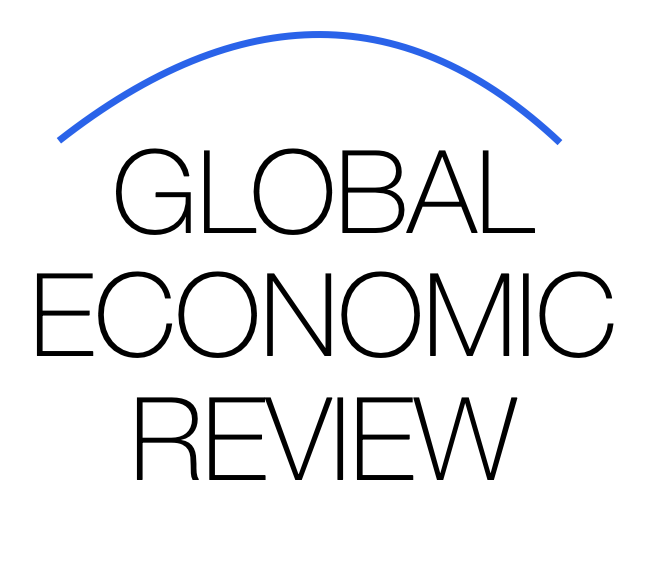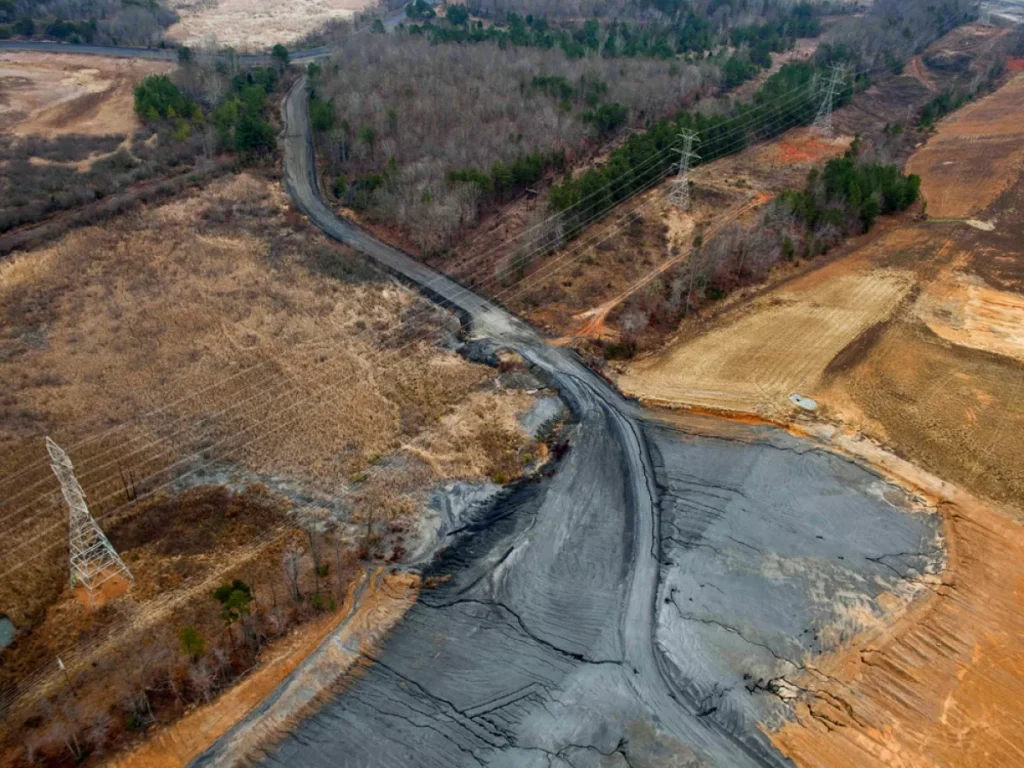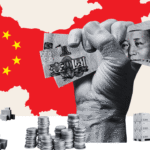India Accelerates Efforts in Rare Earth Mineral Trade

India is significantly advancing its role in the global rare earth minerals trade, seeking to reduce dependence on dominant players and solidify its position in critical supply chains for high-tech and clean energy industries. This strategic pivot reflects a broader ambition to diversify sourcing, enhance domestic processing, and support emerging sectors such as electric vehicles, renewable energy, and defense technology.
1. Strategic Diversification and Supply Partnerships
India has recently concluded multiple bilateral agreements aimed at securing rare earth ores and processing rights. Key partnerships include deals with Australia, the United States, and select African nations. These agreements focus not only on raw material supply but also support capacity-building for India’s mineral extraction and refinement sectors.
2. Enhancing Domestic Processing Capabilities
Recognizing the need to capture more value within its borders, India is investing heavily in refining and separation facilities. Resources are being directed towards upgrading existing plants and constructing new specialized units aimed at producing separated rare earth oxides and metals critical for magnets, batteries, and defense applications.
3. Policy Support and Infrastructure Investments
The Indian government is deploying policy incentives—such as tax concessions, streamlined licensing, and public-sector investments—to support the rare earth ecosystem. Concurrently, upgrades in port infrastructure, rail logistics, and power supply are improving connectivity for mineral-rich regions, especially in eastern and central India.
4. Collaboration on Strategic Applications
Beyond raw material trade, India is positioning itself as a hub for downstream technologies. Collaboration agreements with global OEMs and research institutes seek to transfer knowledge in magnet manufacturing, EV battery components, wind turbine magnets, and precision alloys necessary for aerospace and defense applications.
5. Geopolitical Implications and Security Objectives
Reducing dependency on China, which currently dominates rare earth processing, has taken on heightened urgency amid geopolitical tensions. India’s efforts are supported by strategic alignment with Western partners, including co-investment frameworks in the U.S.-led D-10 and Quad formats to secure resilient and diversified supply chains.
Outlook
While India is still building capacity and refining regulatory frameworks, its approach—anchored in diversification, investment, and collaboration—indicates a rapid ascent in the strategic minerals landscape. If current plans succeed, India could emerge as a key player in the global rare earth market, supporting both domestic innovation and broader industrial ambitions.
By integrating upstream mining initiatives with value-added processing and technology partnerships, India aims to transition from late-stage supplier to an influential hub—enhancing economic value, national security, and global technological independence.


















